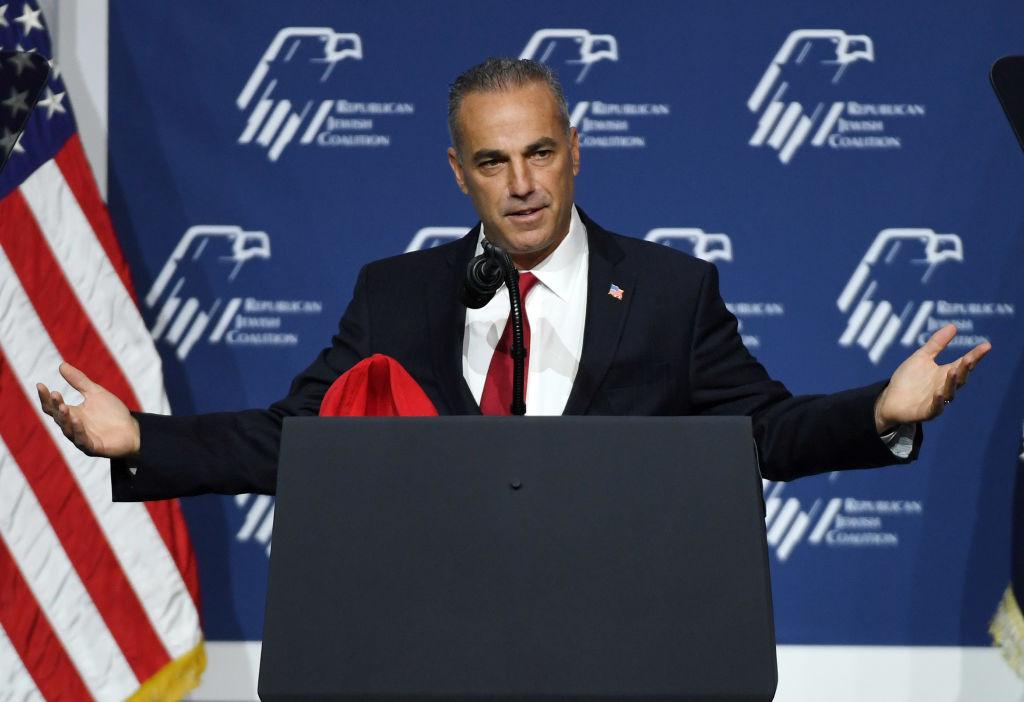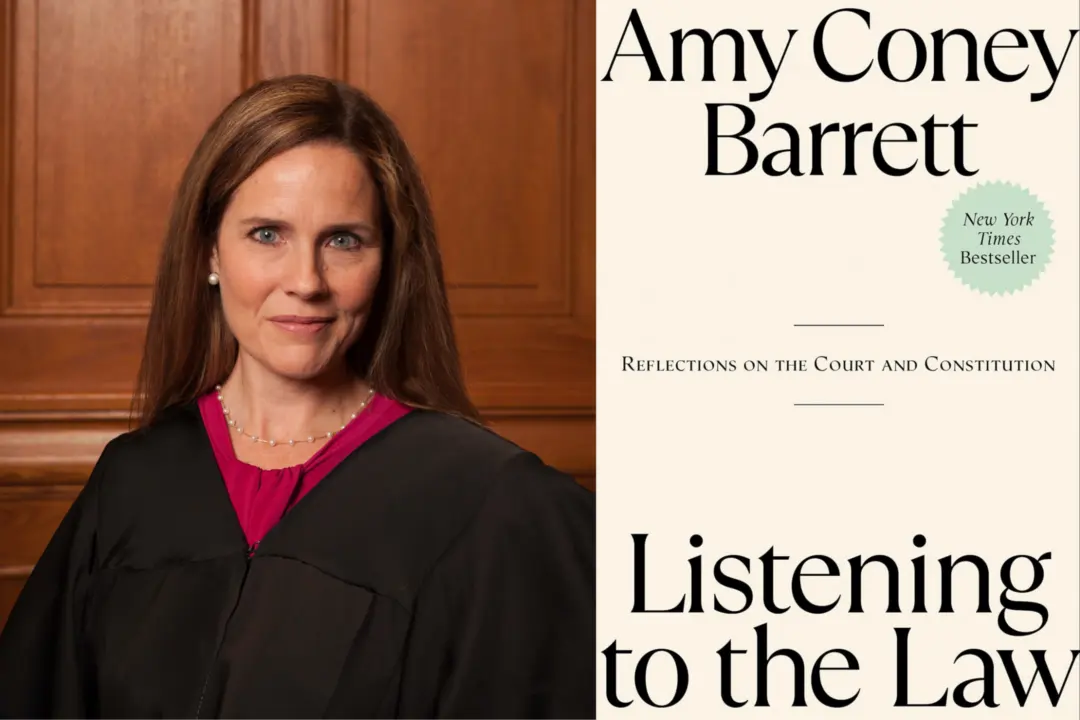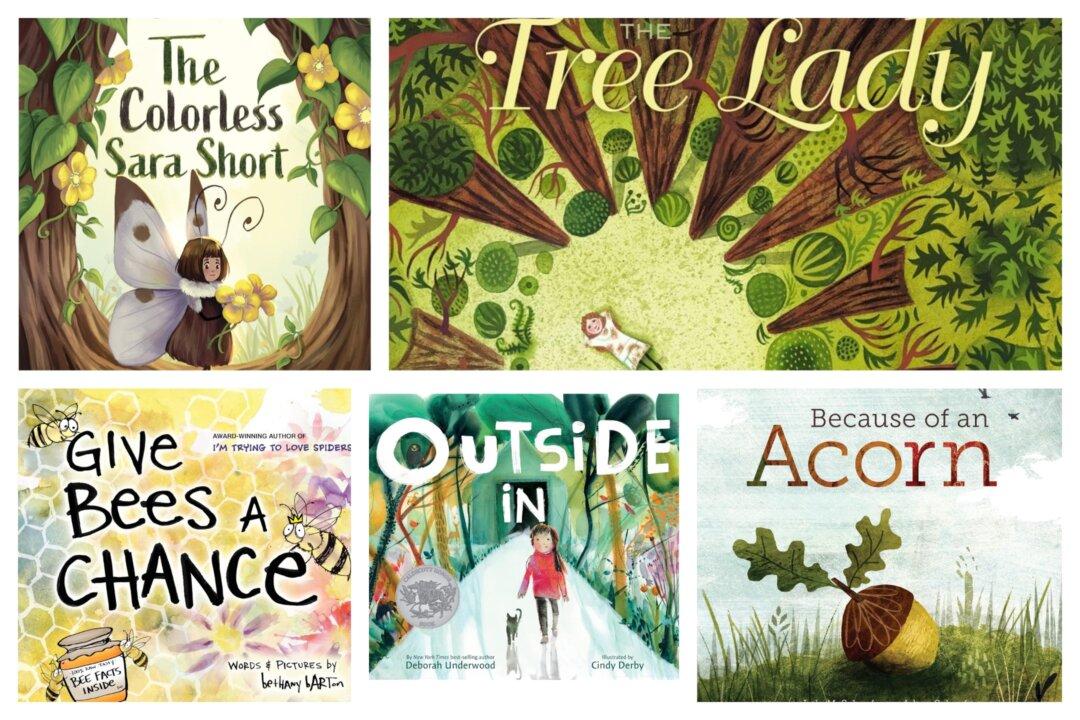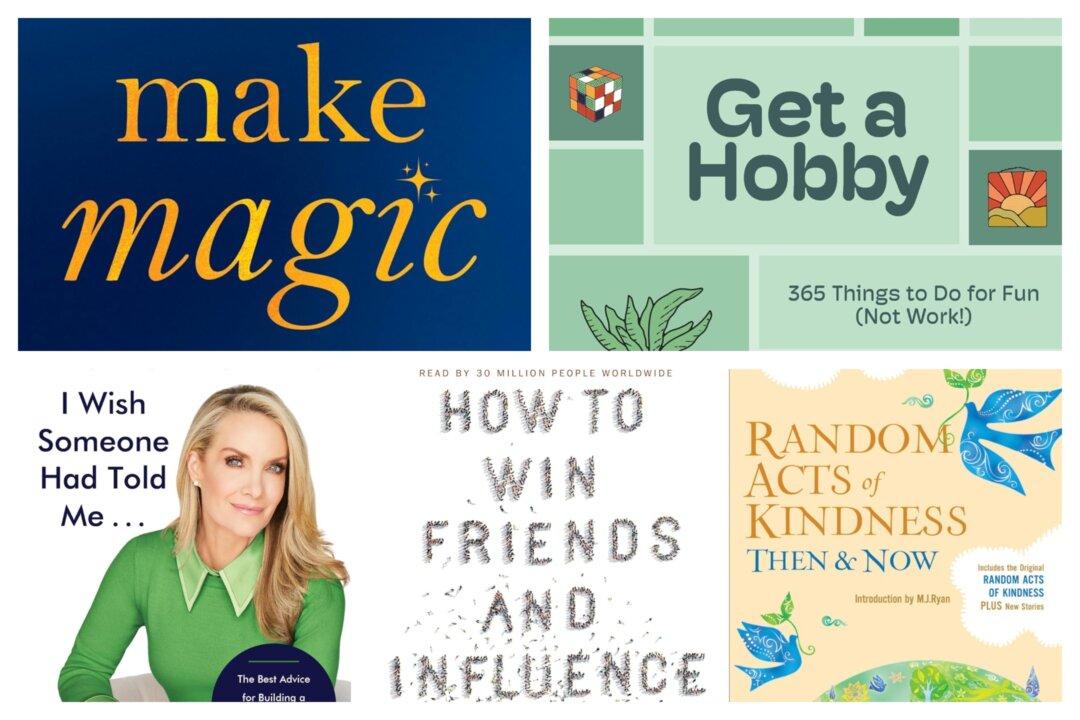On Feb. 14, 2018, a gunman opened fire with a semi-automatic rifle at the Marjory Stoneman Douglas High School in Parkland, Florida, killing 17 people and injuring 17 others. Witnesses identified Nikolas Cruz, an expelled, 19-year-old student, as the assailant.
In respect for the victims, I will refer to the assailant here only as the shooter.





